Noam Dotan has been sending me results of some interesting tests that he has done on two alternators:
- 4200 diameter turbine grid-tie alternator with 20 magnets 46 x 30 x 15 mm and 15 coils 260 turns of 0.9mm diameter wire.
- 3000 diameter turbine 24-volt alternator with 12 magnets 46 x 30 x 10 mm and 9 coils 55 turns of [email protected] diameter wire.
Noam has been varying the air gap, and then measuring DC output at various speeds to arrive at Vdc/rpm for each air gap. This (volts/speed) is an indication of the flux density in the gap. In the case of larger gaps, tests were done with a stator in the middle, and the flux was probably stronger close to the magnet faces.
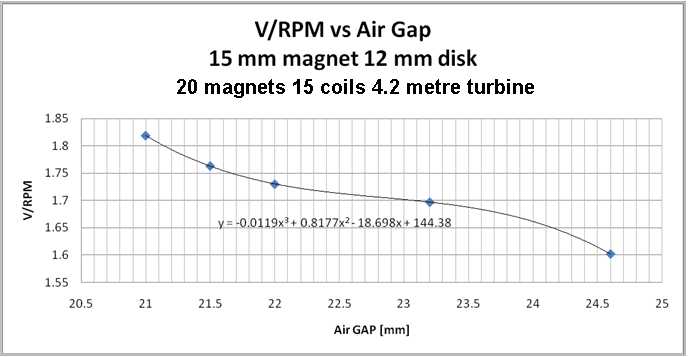 This curve has an interesting ‘sweet spot’ that is hard to explain where the gap gets wider without affecting the flux very much.
This curve has an interesting ‘sweet spot’ that is hard to explain where the gap gets wider without affecting the flux very much.
 This one is more linear. The drop in voltage reflects a drop in flux density in the air gap which in turn is due to the increased reluctance of the magnetic circuit with the larger gap. It’s a trade off: more room for copper wires means lower voltage induced in each wire.
This one is more linear. The drop in voltage reflects a drop in flux density in the air gap which in turn is due to the increased reluctance of the magnetic circuit with the larger gap. It’s a trade off: more room for copper wires means lower voltage induced in each wire.
If we are looking to optimise the gap so as to get mimimum stator resistance for the chosen operating voltage, then flux density has higher value than gap width. A higher flux density means fewer turns of thicker wire, so the effect of flux on resistance is squared. Wider gap simply allows thicker wire (although the calculation is more complex since you need to allow mechanical clearance and thickness of resin and/or glass on coils/magnets).
The chart below (using 3 metre turbine data) multiplies the usable gap (gap minus 7mm) by the square of the voltage to get an index of the value of that option and they are all pretty much the same.
From this I conclude that we are around the top of the optimisation curve, which will be a pretty broad peak. We can choose our air gap based on available wire sizes and suffer no big penalty for using a larger or smaller gap so long as we do a good job of filling the space with copper and choosing the right number of turns.
Thanks for the data, Noam!

CometME have installed 7 home brewed wind turbines of 1 KW per the Hugh Piggott ‘Recipe book’, and in the next two month they will install another 5 home brewed turbines of 2 kW each. They build hybrid solar and wind systems, and by now they provide more than 150kWh daily for more than 1000 people.

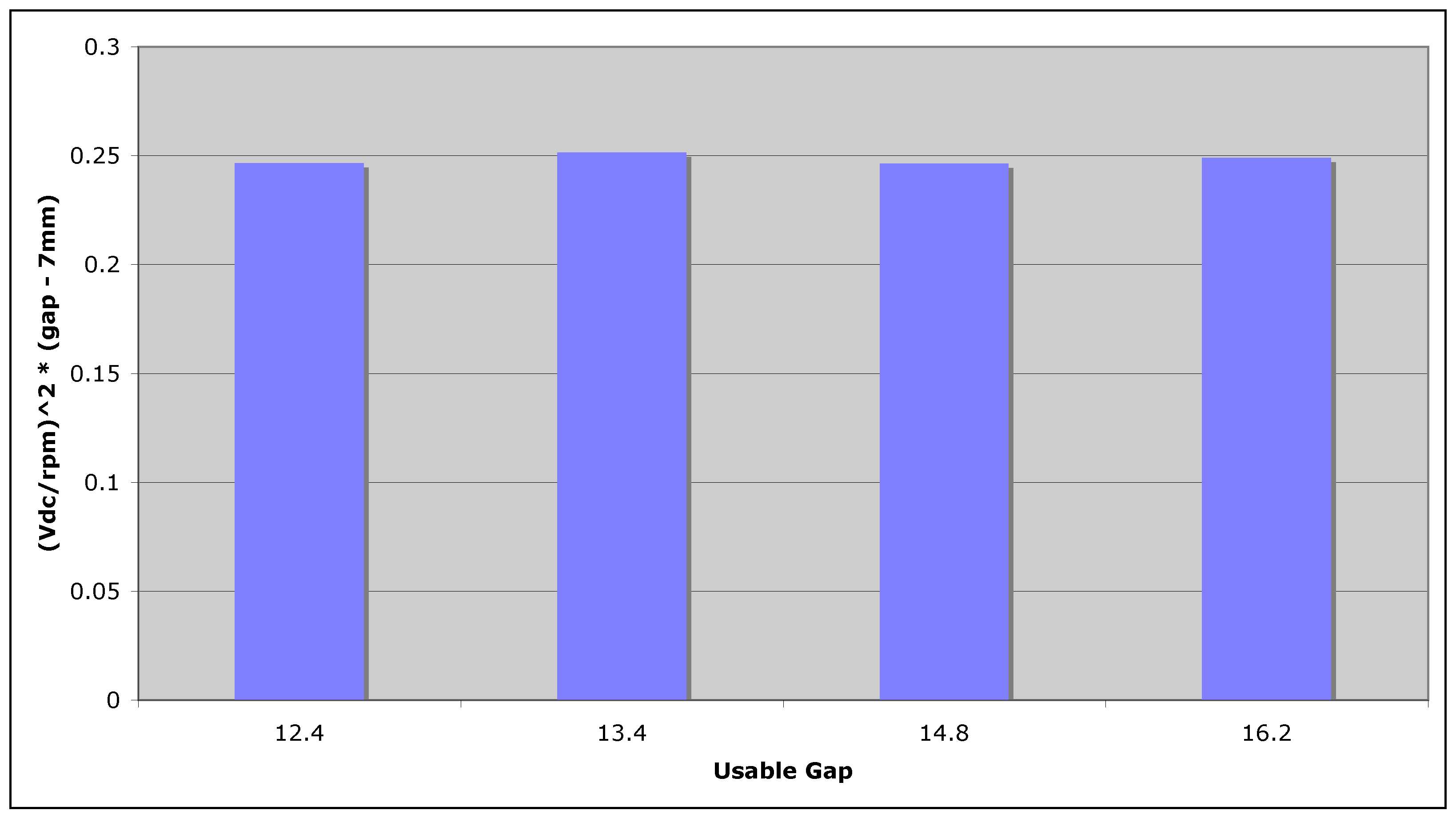
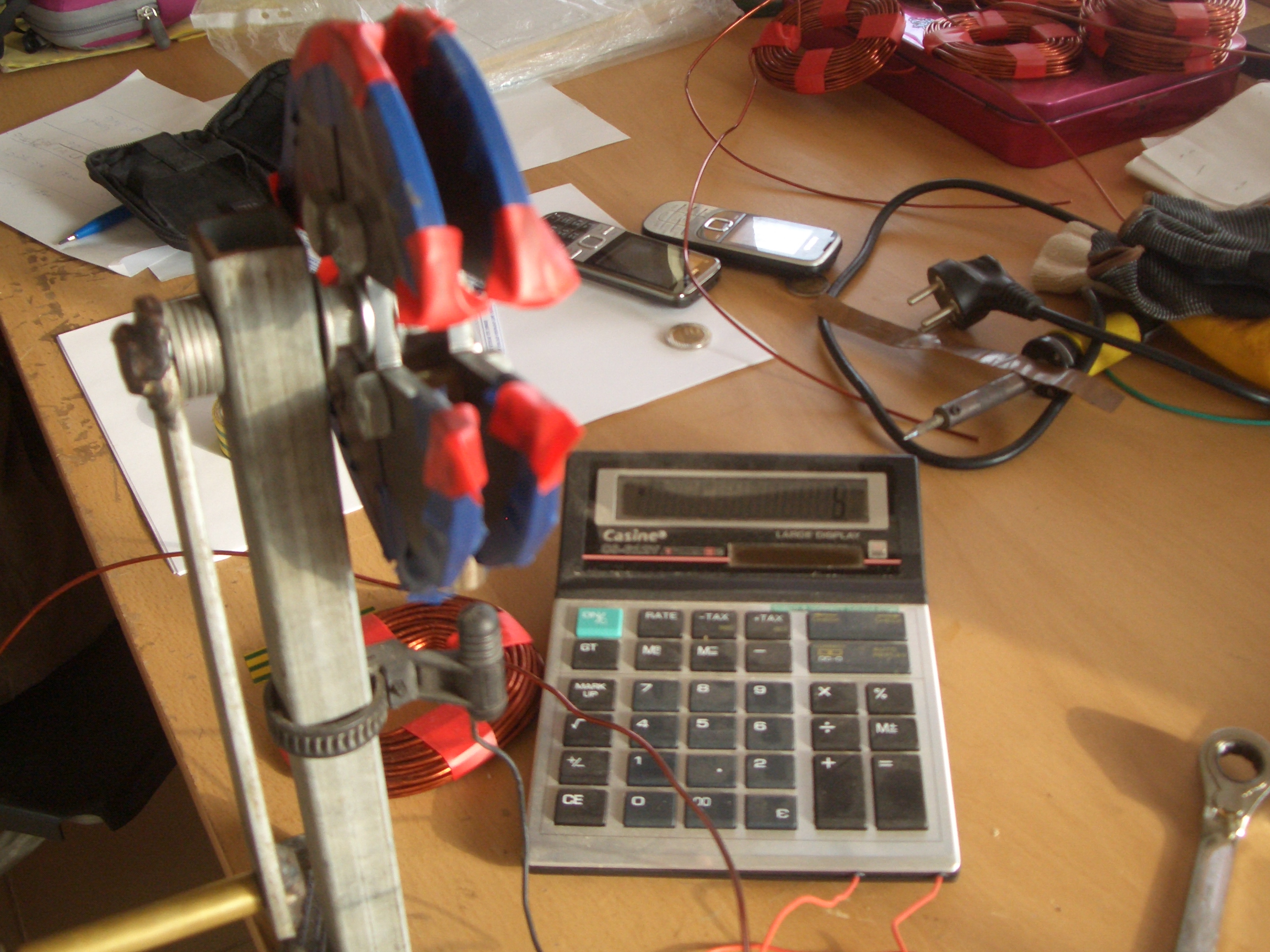



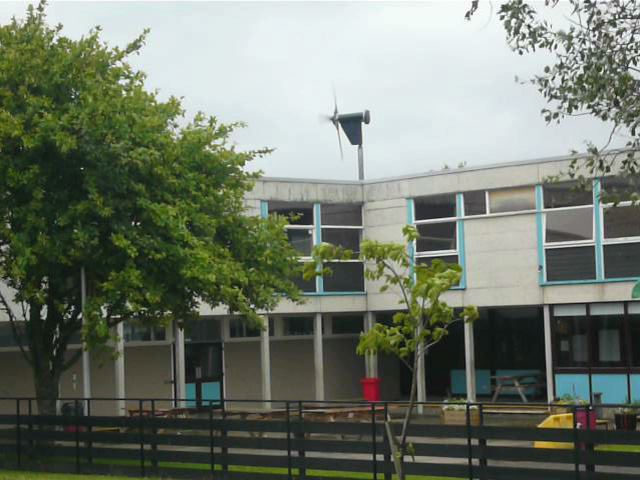
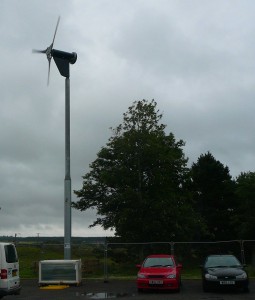


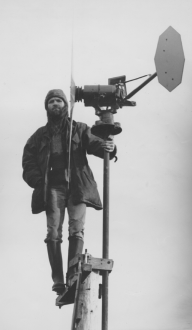

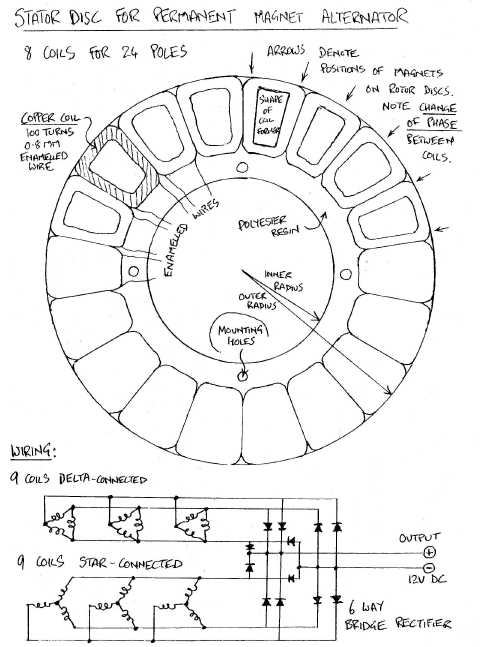
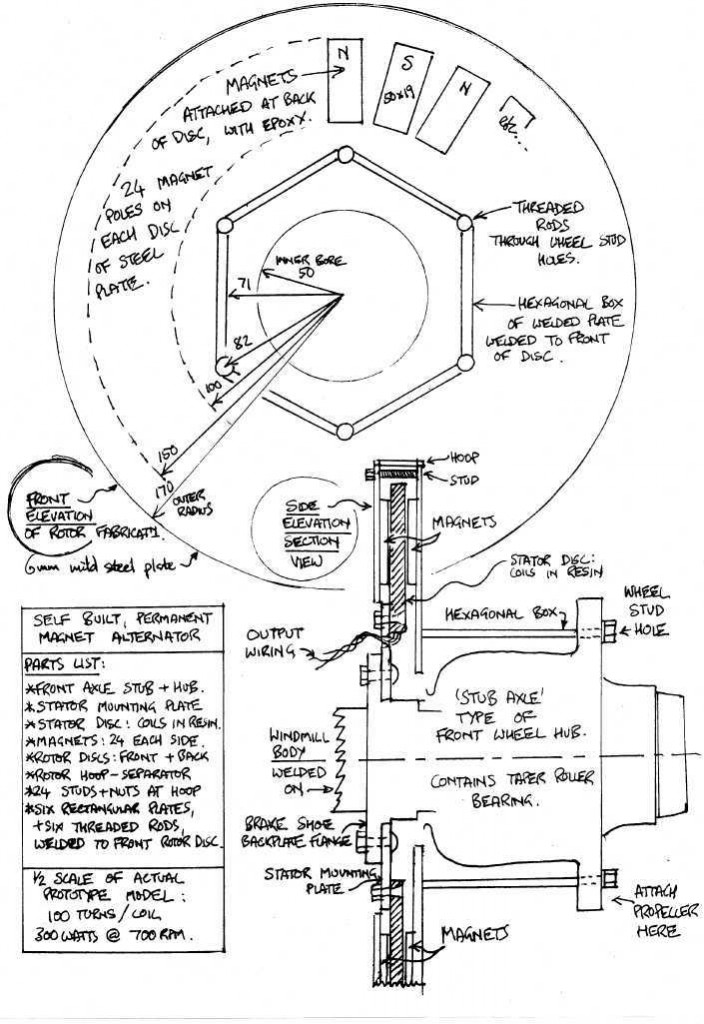
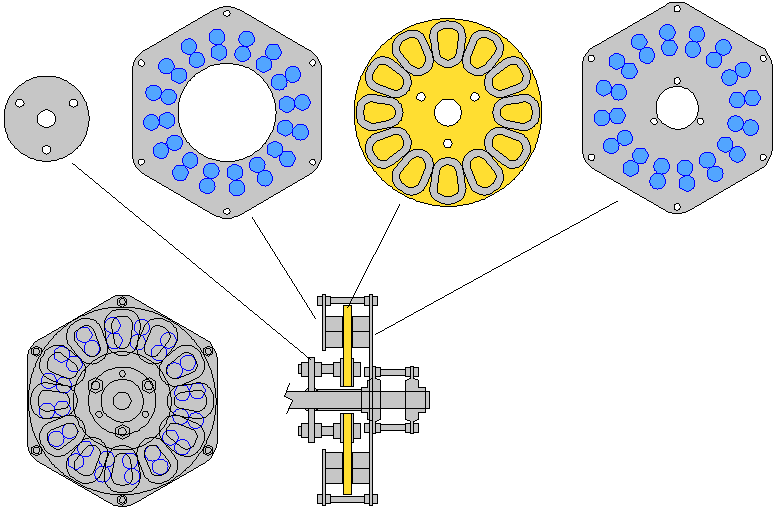 The stator is supported at the centre, which is a bit more compact but the supporting bolts between magnet rotors restrict the overall size, and the stator mounts are more critical. My first ever pma was a bit like this, and I have been thinking about posting about that one day too.
The stator is supported at the centre, which is a bit more compact but the supporting bolts between magnet rotors restrict the overall size, and the stator mounts are more critical. My first ever pma was a bit like this, and I have been thinking about posting about that one day too.